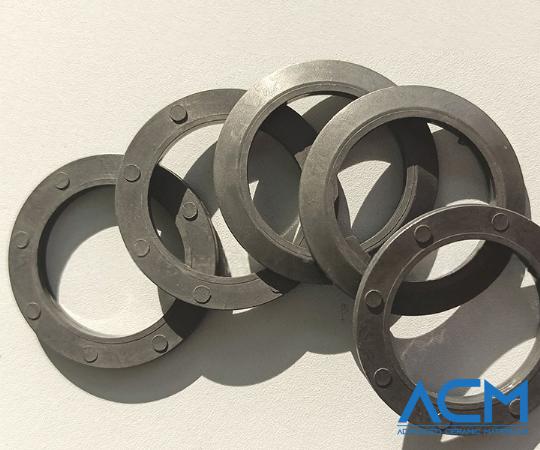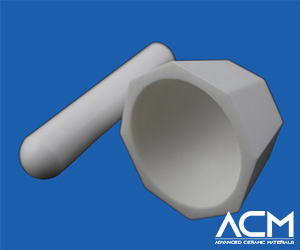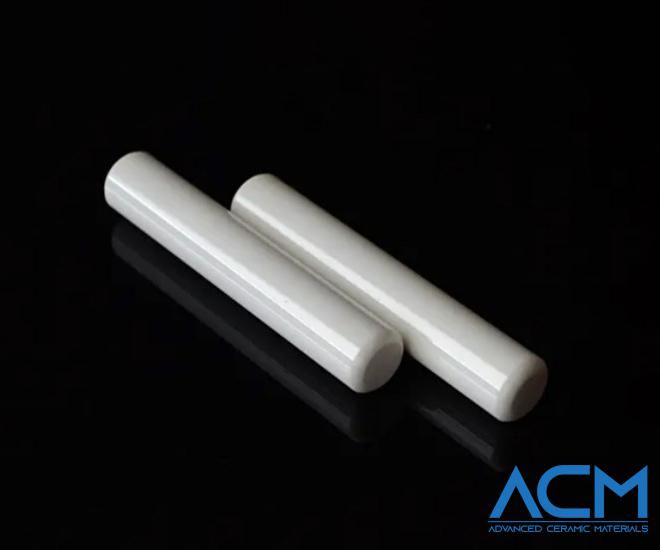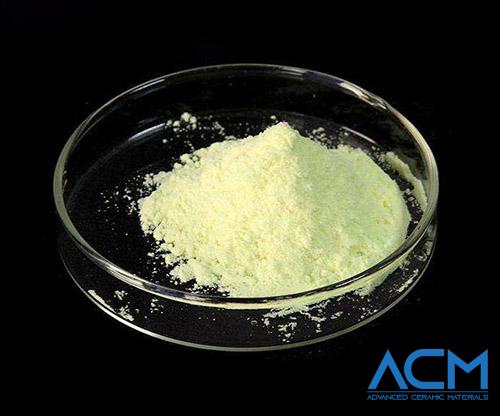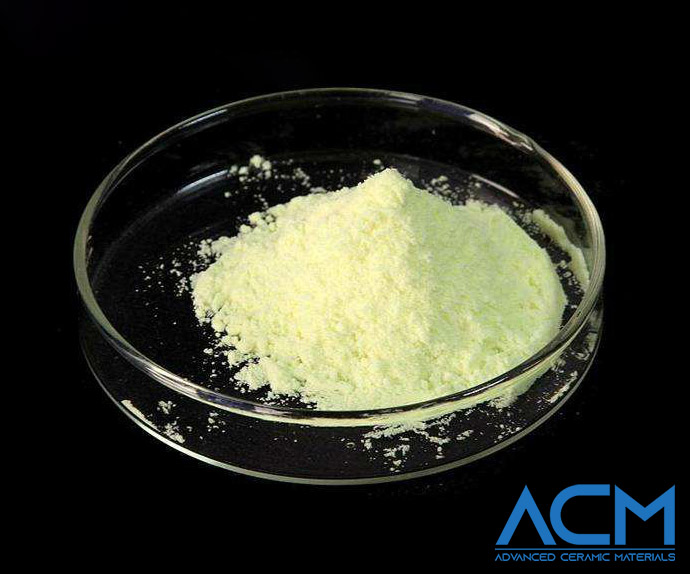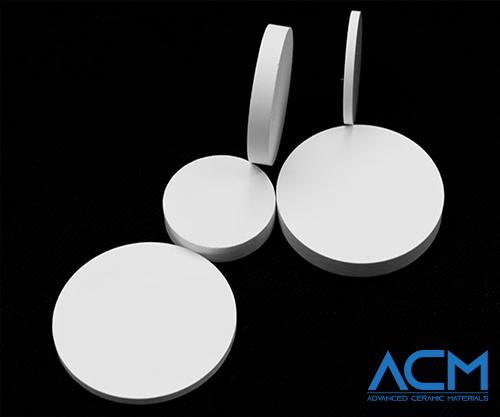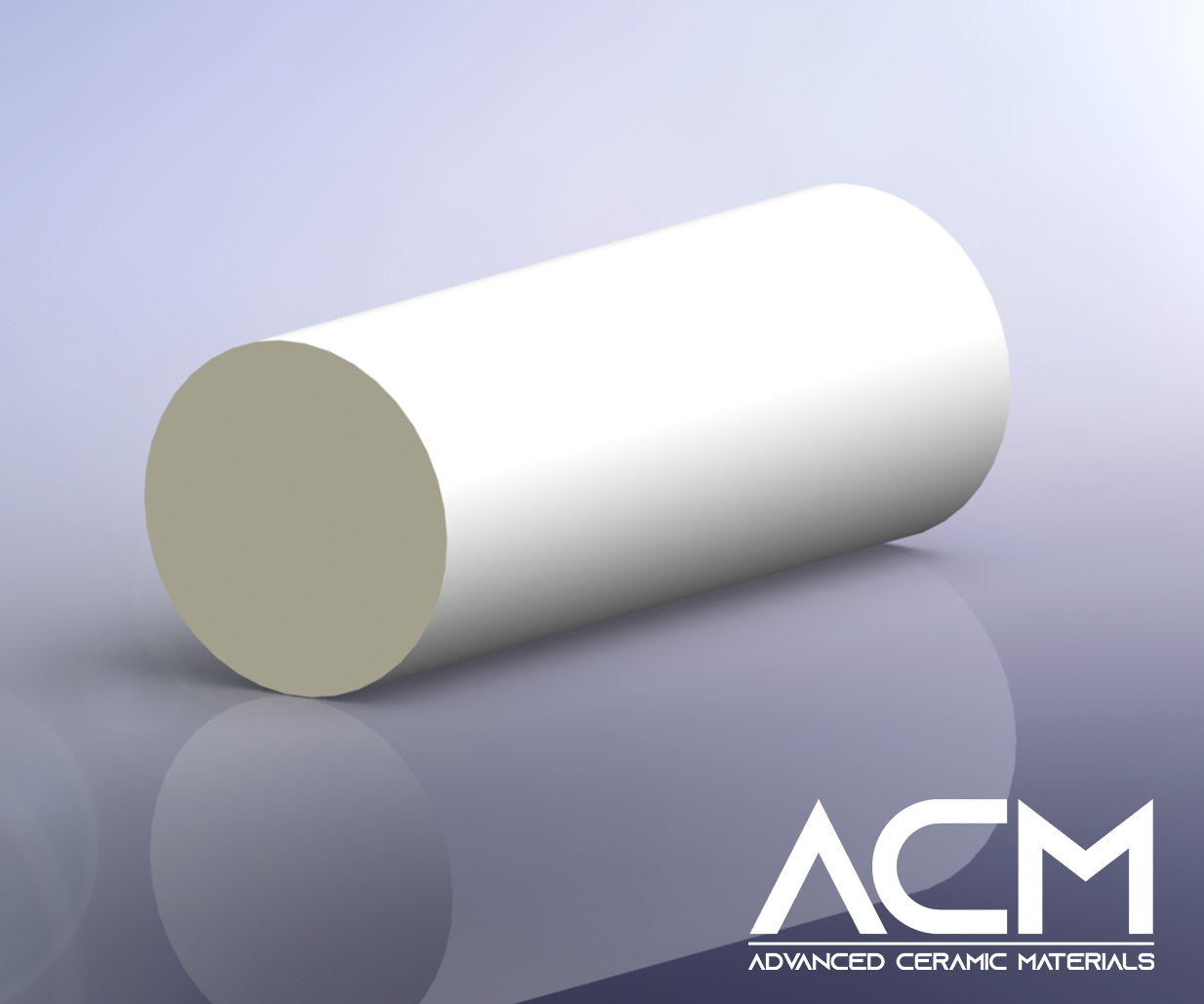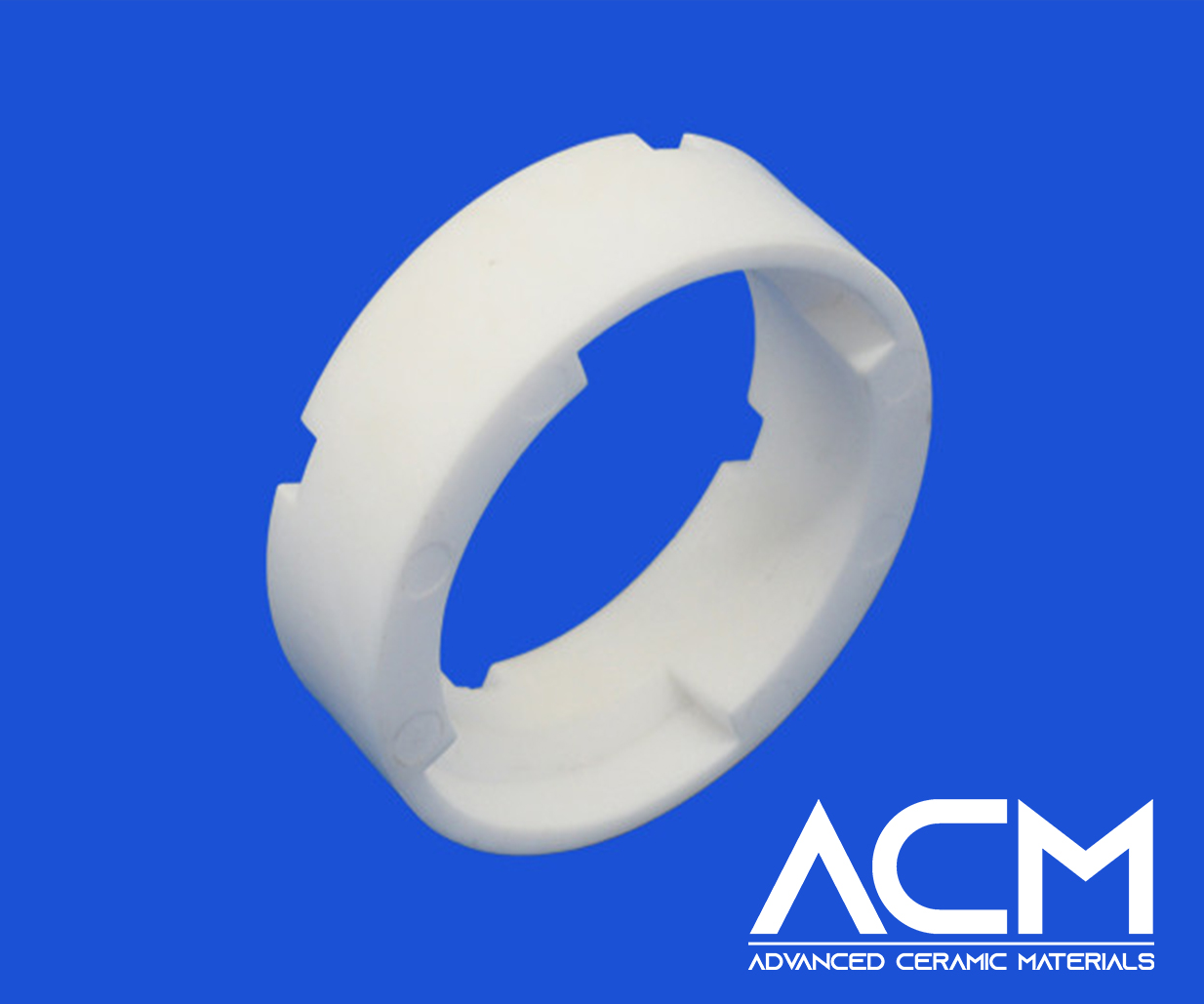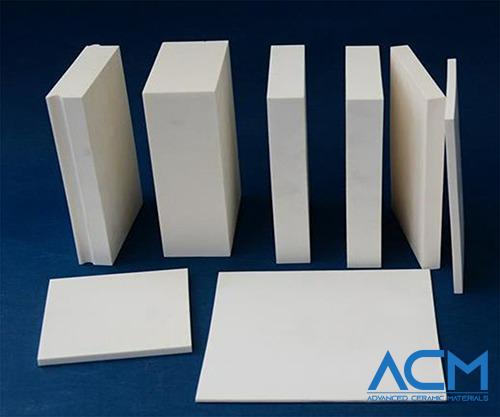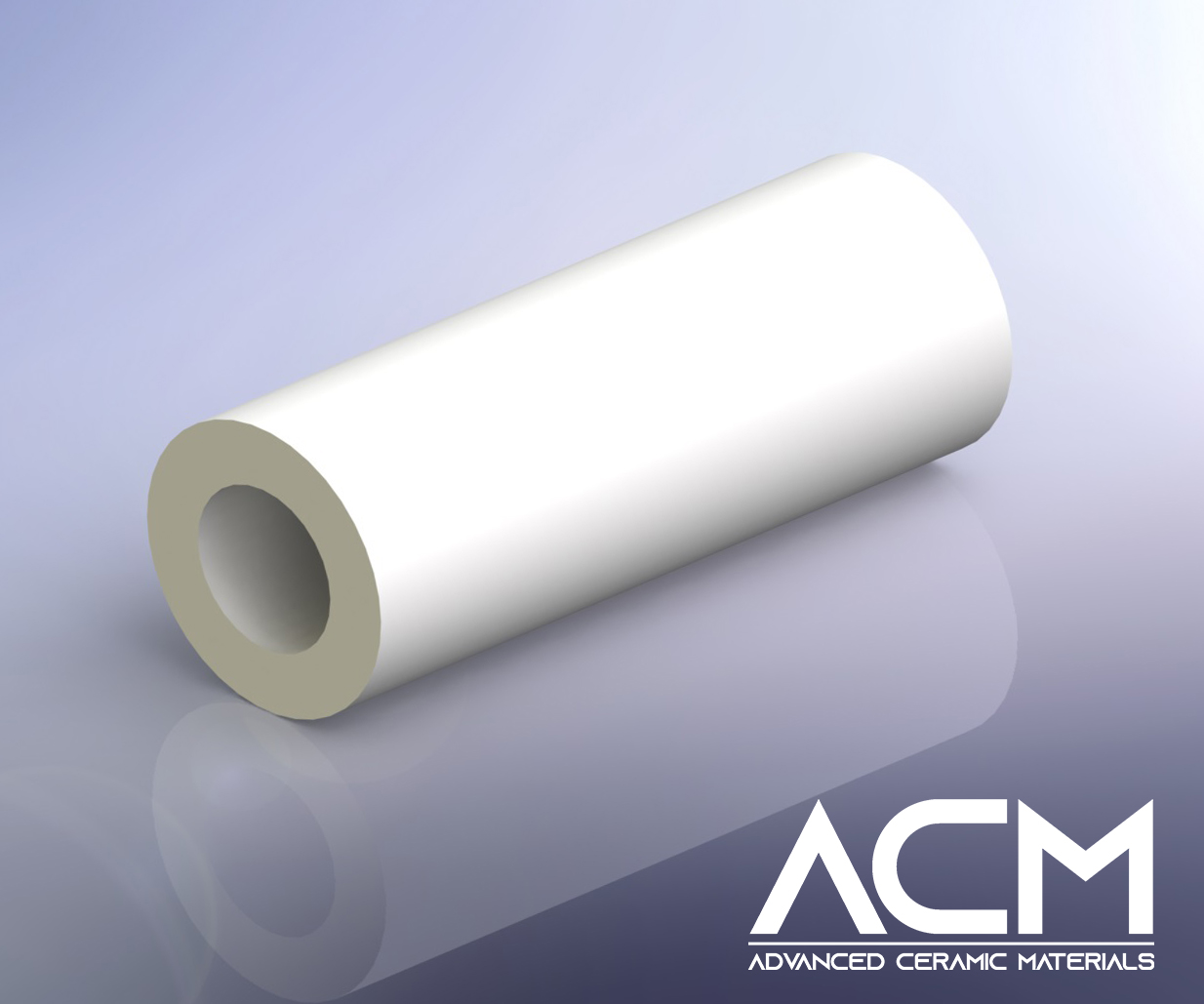(Discontinued) ZC6700 Zirconium Oxide Conductive Ceramic
- Catalog No. ZC6700
- Material ZrO2
- Color Black
- Shape Plate, or customized
Inquiry
(Discontinued) ZC6700 Zirconium Oxide Conductive Ceramic
Zirconium Oxide Conductive Ceramic Overview
Conductive zirconium oxide (ZrO₂) ceramics are advanced solid electrolytes widely used in high-temperature electrochemical applications. By doping zirconia with stabilizers such as calcium oxide (CaO) or yttrium oxide (Y₂O₃), oxygen vacancies are created within the crystal lattice through charge compensation. This enables excellent oxygen ion conductivity at elevated temperatures, making stabilized zirconia ideal for use in solid oxide fuel cells (SOFCs), oxygen sensors, and oxygen concentration cells.
Specification
Properties
|
Main Material |
ZrO2 |
|
Color |
black |
|
Shape |
Plate, or customized |
|
Dimensions |
Customized |
|
Electrical Conductivity |
0.1Ω-300Ω |
*The above product information is based on theoretical data. For specific requirements and detailed inquiries, please contact us.
Key Features and Applications
-
Strong oxygen ion conductivity allows efficient oxygen ion transport at high temperatures, typically above 800°C.
-
Excellent thermal stability and mechanical strength enable operation at temperatures up to 2100–2200°C.
-
Commonly used in oxygen detectors for steel production, automotive exhaust gas sensors for air-fuel ratio control, hydrogen production systems, high-temperature electrodes, and heating elements.
-
Also applied in smart wearable devices such as ECG electrodes, Bluetooth earbud charging pins, consumer electronics, and as an alternative to graphite electrodes in hydrogen energy applications.
Packaging Information
Products are packaged according to size in customized cartons or wooden crates. Small items are securely packed in polypropylene (PP) boxes, while larger products are placed in custom wooden crates. Appropriate cushioning materials are used to ensure safe transportation.
Manufacturing Process
-
Raw material proportioning
-
Stirring and ball milling
-
Spray granulation
-
Molding
-
Drying and de-binding
-
High-temperature sintering
-
Finished product inspection
-
Transportation and delivery
Testing Methods
-
Chemical composition analysis using GDMS or XRF to verify purity.
-
Mechanical property testing including tensile strength, yield strength, and elongation.
-
Dimensional inspection to ensure thickness, width, and length meet specifications.
-
Surface quality inspection to detect scratches, cracks, or inclusions.
-
Hardness testing to confirm uniformity and mechanical reliability.
Frequently Asked Questions
Q1: What are the main applications of conductive zirconium oxide ceramics?
A1: They are used in solid oxide fuel cells, oxygen sensors, oxygen concentration cells, high-temperature heating elements, and electrode materials.
Q2: Are zirconium oxide conductive ceramics electrically or ionically conductive?
A2: They are primarily ionically conductive, transporting oxygen ions at high temperatures rather than free electrons.
Q3: Are standard sizes available?
A3: These ceramics are custom-made to meet specific customer requirements; no standard off-the-shelf sizes are offered.
Summary
Conductive zirconium oxide ceramics combine excellent ionic conductivity, thermal stability, and mechanical strength. Their tailored doping and manufacturing processes enable their use in demanding applications such as fuel cells, sensors, and high-temperature components. Packaging and quality control ensure product integrity during transportation and delivery.
Request a Quote
-
Attachment (Optional)
No file chosen









